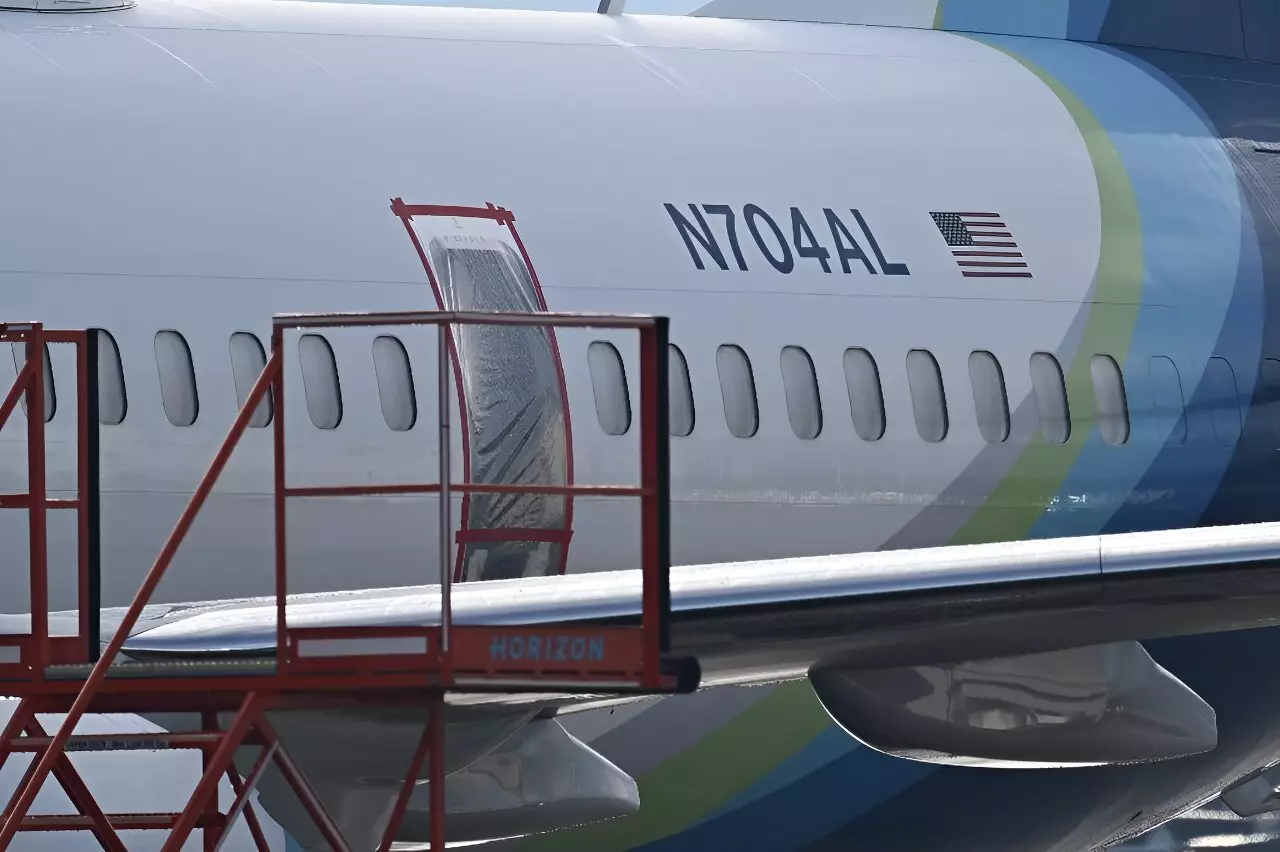

In January, there was a near-catastrophic incident involving a Boeing 737 MAX operated by Alaska Airlines that resulted in an emergency landing. The episode, captured on video, showed oxygen masks hanging in front of a gaping airplane space after a panel blew out shortly after takeoff, leaving passengers exposed to open air at an altitude of about 16,000 feet. Despite the terrifying nature of the incident, the plane was able to safely land back in Portland with only eight minor injuries.
The National Transportation Safety Board (NTSB) initiated an investigation into the incident to determine the facts, circumstances, and probable cause of the transportation accident. The NTSB aims to make recommendations to improve transportation safety based on the findings of the investigation. The initial probe revealed that four bolts securing the panel were missing, which led to the panel failure. These bolts were removed by Boeing employees during an inspection at the Renton plant in Washington state prior to the delivery of the aircraft in October.
During the two-day hearing, the NTSB is set to hear from about 15 witnesses, including Elizabeth Lund, senior vice president for quality at Boeing. The witness list also includes officials from key supplier Spirit AeroSystems, the Federal Aviation Administration, and the machinists union. Notably, Alaska Airlines is not included in the list of witnesses. Lund, who provided details about the incident to journalists earlier, faced scrutiny for releasing non-public investigative information and speculating about possible causes of the panel blowout.
Following Lund’s comments, the NTSB announced sanctions against Boeing for sharing details about an ongoing probe that should not have been disclosed publicly. The NTSB criticized Boeing for disregarding federal regulations and rules governing NTSB investigations. As a result of the sanctions, Boeing is not permitted to review information gathered in the investigation or ask questions of other witnesses at the hearing. Additionally, NTSB Chair Jennifer Homendy had previously criticized Boeing’s handling of the probe for delays in providing key documentation and witnesses.
The hearing comes at a time when Boeing is under heavy scrutiny from regulators, especially in the aftermath of the January incident. Whistleblowers have come forward with claims that the company suppresses workers who raise safety concerns while attempting to cover up issues. This environment of secrecy and lack of transparency has fueled concerns about the safety culture at Boeing and the company’s commitment to addressing potential risks proactively.
The investigation into the Boeing 737 MAX incident serves as a stark reminder of the importance of transparency, accountability, and adherence to safety protocols in the aviation industry. The findings of the NTSB hearing will likely have far-reaching implications for Boeing, Alaska Airlines, and the broader aviation community as they seek to prevent similar incidents in the future.
A groundbreaking discovery by scientists at the University of Manchester is poised to reshape the…
In an era marked by rapid ecological change, the quest for understanding environmental pollutants like…
The meteoric rise of artificial intelligence (AI) technologies is not without significant implications on our…
The landscape of quantum computing is on the verge of transformative progress, fueled by groundbreaking…
Schizophrenia is not merely a mental health issue; it is a multifaceted condition that wreaks…
Recent scientific research has illuminated the intricate web that ties our dietary choices to the…
This website uses cookies.